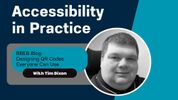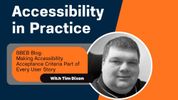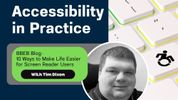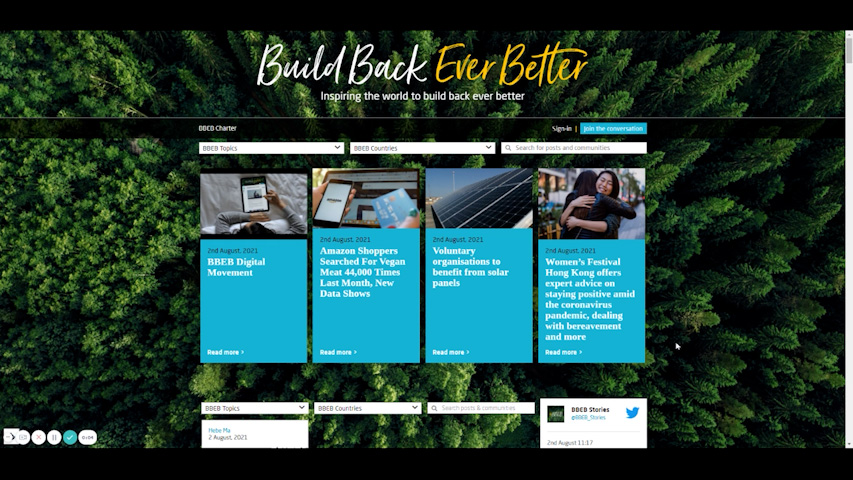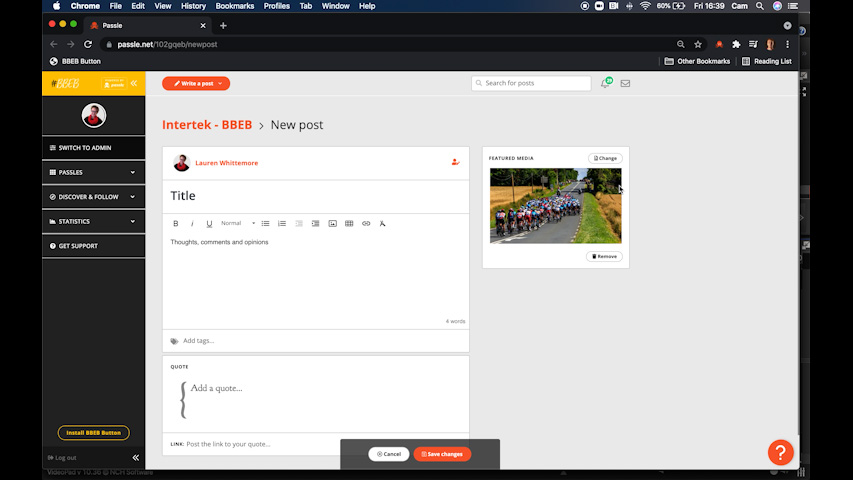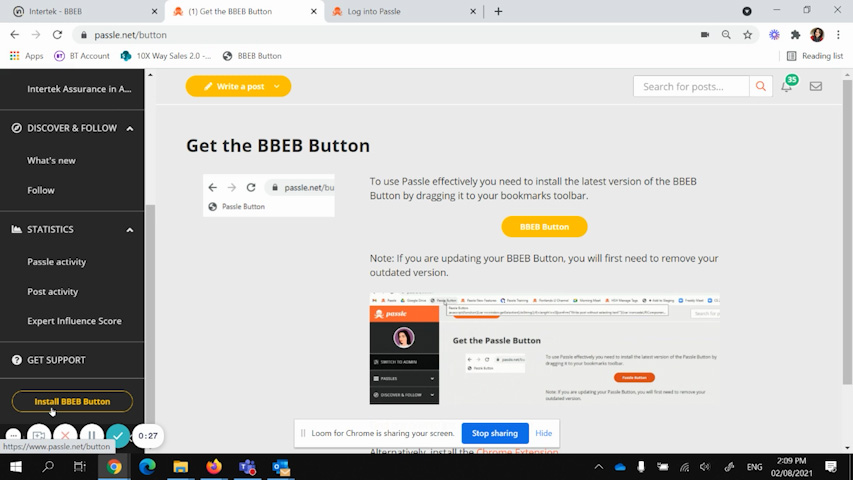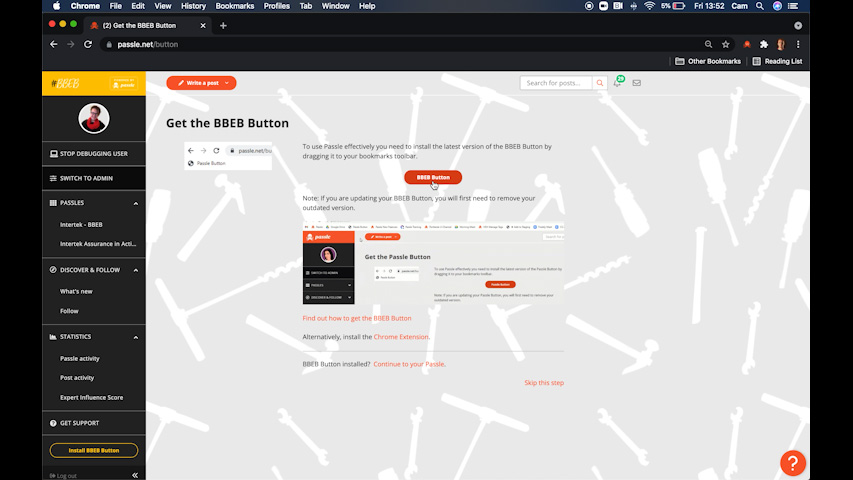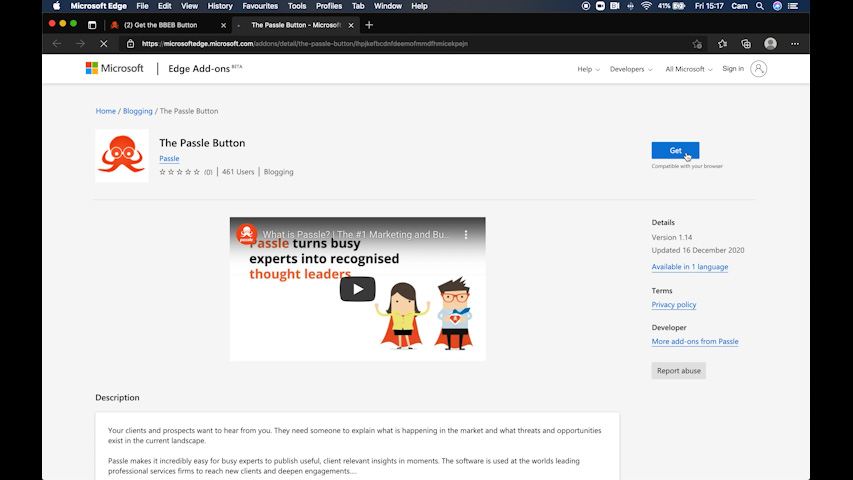Earlier this year I took my kids (5 & 7) to the local shop. On route we came to the main road and I couldn’t see the cars coming to safely cross the road. It was the first time in a while that I had been out by myself and hadn’t realised how my sight had deteriorated. I was then dependant on my kids to help us cross safely, which they did without thinking about it.
Helping my kids cross the road was something I took for granted, but now I find myself unable to. After the initial shock, feeling shaken and upset, I realised it was time to do something about it. I reached out to my local sight loss charity (Lincoln and Lindsey Blind Society) who referred me to the local social services for Orientation & Mobility Training.
Orientation and Mobility Training
The first session was at my home, and I was provided a White Cane measured to fit my height. We set off to the same local shop. During the session we covered how to use the cane and look for shorelines. Shorelines are landmarks I can use to guide me, e.g. edge of a path or a wall. Since then, I don’t leave the house without my cane. While I still have some vision, it is helpful to have additional feedback confirming what my eyes are telling me.
People don’t move out of the way when you have a white cane and without the sight I have, I would have taken out several people as they walked into my path. If you get tapped with a white cane, it is because they don’t know you are there, and the cane is how they find out that you are there.
How do you navigate in London?
Dr Amit Patel shared this video of his journey on Twitter, can you imagine doing this route without any vision? I can’t!
Dr Amit Patel authored a book on his sight loss journey, Kika and Me, which I recommend everyone to read.
What can you do?
Next time you are walking, think about how challenging that route would be with only a white cane and your ears for navigation, how could that route be improved and what can you do to help.
The obstacles that prove tricky for the visually impaired are often an issue for wheelchair users, parents with pushchairs and a nuisance for everyone else. Common obstacles include a vehicle parked on the path, bins, shop signs and overgrown bushes and trees encroaching on the path.
If you notice an obstacle, take a moment, inform the resident/shop owner to let them know the issues they are causing. These small interactions will help raise awareness and make the world more accessible for all.
So, what do I do when I can’t see to cross the road?
My Orientation and Mobility training has helped, but I am still anxious when trying to cross a road. It gets easier with practice, but I am dependent on others noticing the white cane and trusting that they will act as I expect them to.
My cane was invaluable this weekend in navigating to and from a fireworks display, along dark wet streets with grass verges and ditches. My white cane allows me to be independent in an inaccessible world.
Note: This post was originally published on my blog > What do you do when you can't see to cross the road? - TIM DIXON
People don’t move out of the way when you have a white cane and without the sight I have, I would have taken out several people as they walked into my path. If you get tapped with a white cane, it is because they don’t know you are there, and the cane is how they find out that you are there.
https://www.timdixon.net/blog/2022/11/what-do-you-do-when-you-cant-see-to-cross-the-road/


